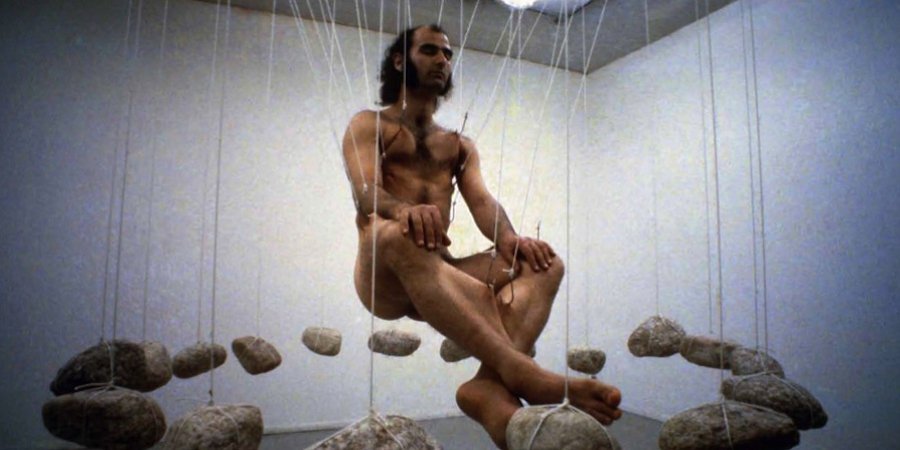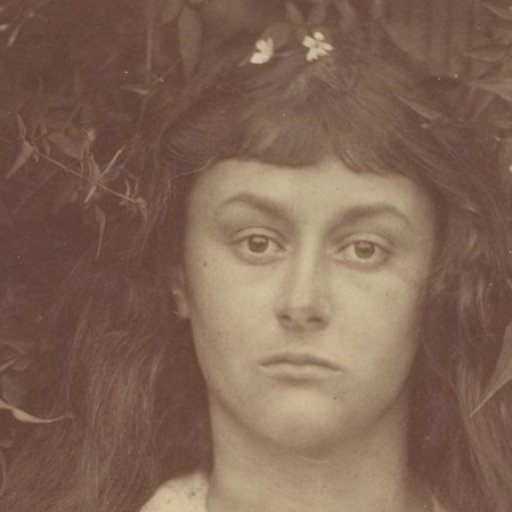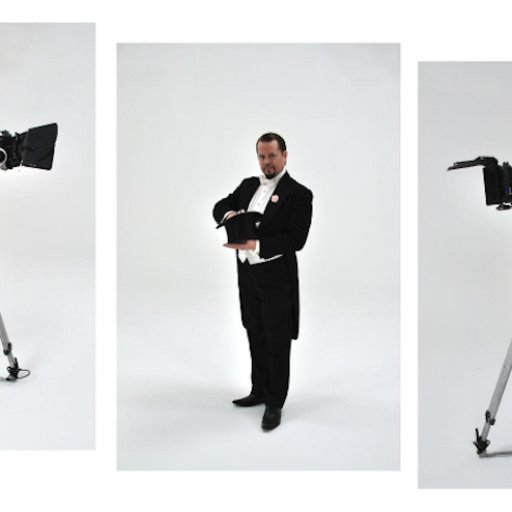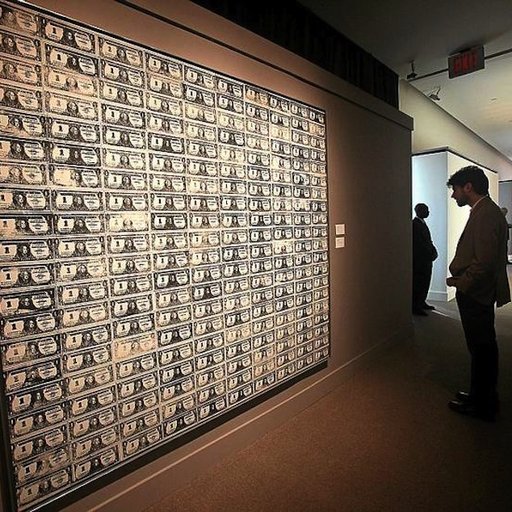What is "Wild Art"? According to the thick new picture book assembled by the illustrious team of art historian Joachim Pissarro and philosopher David Carrier, due out from Phaidon next month, it's all the wacky art-type things that people make and do outside the confines of our very own professional art world. It's not just kitsch, it's super-kitsch—a kind of aesthetic junk of a peculiarly ambitious sort. It has no boundaries and no market value, it reflects the individual ego and its obsessions. So, needless to say, there's tons of it.
Enough for Carrier and Pissarro to draw up 10 separate categories to describe them, although the groupings seem fairly elastic. For instance, one labeled "Graffiti Art"—which features many well-known names, from Terry Schoonhoven to KAWS—also includes surfboard art, nutty vehicles, and, most improbably, the work of "bootleg" appropriationist Eric Doeringer.
The second section, devoted to "Adorning the Self," is notably gruesome, including a photo of an outsize Ethiopian lip plate along with scarifications, hyper-tattooing, and Stellarc's perverse implant of a petri-dish-grown "ear" into his forearm. Here the authors also include a woman with huge breast implants, a little beauty-contestant princess, and the visionary painter Alex Grey.
The list goes on at dizzying length. Art made by animals. Art made about animals. Art made on animals. Art made of food, including the echt-food-art, butter sculpture. Art about sex, ranging from a giant penis sculpture to neo-burlesque queen Dita Von Teese. Art made of rubbish, of which we have lots, including Watts Towers. Zany architecture, beginning with Sleeping Beauty's Castle at Disneyland, plus ice sculptures, sand sculptures, crop circles, parades, carnivals, fireworks displays, kites, Christmas lights, and flashmobs. The Times Square busker known as the Naked Cowboy gets a page, as do Mount Rushmore and Dubai's famous Palm Islands.
Clearly, Wild Art is not so much a serious book as a fun one, and we have no brief against fun around here. One criticism, though: the book would have benefited, and would actually have been useful, if it had included a section devoted to the political street art, puppets, and posters made by activists, such as the anti-globalism demonstrators who regularly protest at G8 summits and the like. There's plenty of it made around the world, and it suffers in recognition from not fitting into any existing art category.
From a broader perspective, the book signals a sort of visual-culture leakage from the bohemian art world into consumer society. It provides a loose outline of the ways that "art" is defined in the popular imagination. Because pop culture is not so complicated, these parameters are straightforward:
Art is individual, different, and special.
Art is DIY (mostly).
Art is not ordinary life.
Art is weird.
identifying the basic contrast between what is normal and what is not and then straddling the two is the key to artistic development. Instances of this can be found everywhere, hiding in plain sight, whether it's A.O. Scott's passing reference to a "blend of radical and conventional movie techniques" (in his New York Times review of Steve McQueen's new film, 12 Years a Slave), or Isa Genzken's polemical remark, "there is nothing worse in art than you see it and you know it" (marshaled in the New Yorker to explain, apparently, the "Delphic complexity" of her work). Let me add that both of these examples were stumbled upon, in moments, during the random dilatory procrastination that is part of my writing process.
One of the cover blurbs for Wild Art proclaims that "art is not always things made by people who call themselves artists." A truism, to be sure, and a nice embrace of the democratization of creativity. But wait: at the same time that Wild Art transgresses the line between high and low, it reaffirms that opposition, and implicitly reserves the serious, professional, "real" art world for us serious professionals.
I first realized that this sense of "contrariness" is at the root of artistic creativity back in the '80s, when my daughter hit her "terrible twos" and could only be persuaded to do something by telling her not to. This elemental dynamic of self-definition, so observable in small children, is similarly the motor for artistic originality. Young artists, whatever they do, are determined to do the opposite of their elders. The negation structure also has a subtly constraining effect and explains, almost incidentally, why novelty in the art world so often seems to be more of the same.
I don't mean to be anti-intellectual. But interpretive art theory gets added later, in the same manner that a meaningful narrative or symbolic reading is overlaid by the awakened mind on the hazy memory of a dream. In it's gnomic intricacy, art theory is welcome to its devotees. It's an independent discipline, nay, an academic industry all its own, with its own rewards.
What I like most about Wild Art is that it's a near miss. Most of the stuff in there I don't care about, but the book does cast a raking light on the official avant-garde's increasing embrace of a wild art all its own. This kind of big, goofy stuff is the new normal, whether it's a light show in the Park Avenue Underpass or a giant balloon dog made from shiny colored steel or a replica of the Burghers of Calais sited on a map of the moon or any number of similar white elephants. Art is weird. That's the way people like it.
Walter Robinson is an art critic who was a contributor to Art in America (1980-1996) and founding editor of Artnet Magazine (1996-2012). He is also a painter whose work has been exhibited at Metro Pictures, Haunch of Venison, and Dorian Grey Gallery. Click here to read his previous See Here column on Artspace.



























